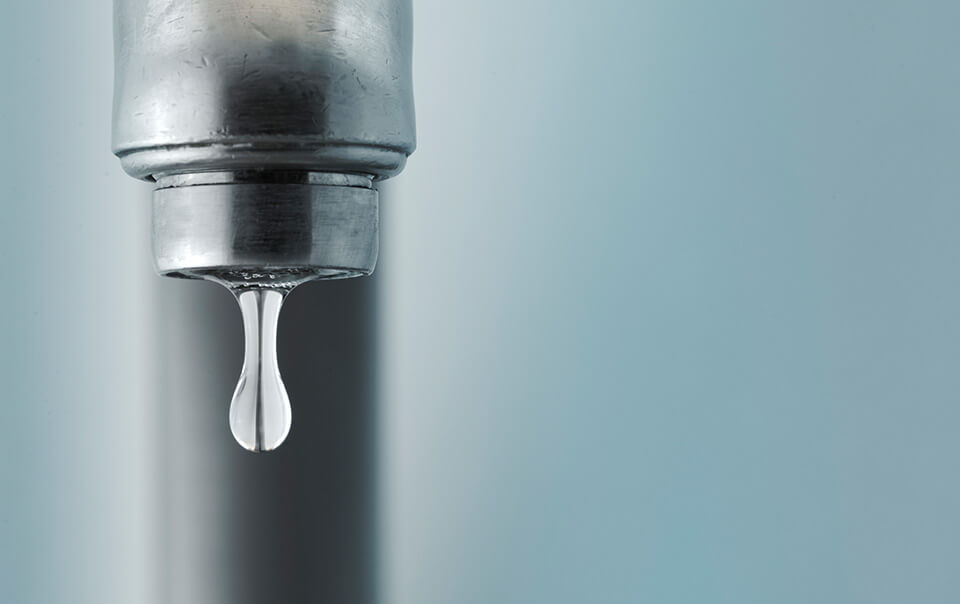Winter is on the way and with it comes freezing temperatures. Travelers provides us with information on which pipes are the most at risk and steps to take before and during winter that can help you prepare and prevent pipe freeze, breakage, and water damage.
Most At Risk Pipes
- Outdoor hose hookups and faucets.
- Swimming pool supply lines.
- Lawn sprinkler lines.
- Water pipes in unheated, interior locations such as basements, crawl spaces, attics, garages and kitchen and bathroom cabinets.
- Pipes running against exterior walls with little or no insulation.
Prevention Steps – Before Winter
- Check your home for areas where water pipes are located in unheated or poorly insulated areas. Be sure to check your basement, attic, crawl space, garage and within cabinets containing plumbing. Hot and cold water pipes should both be insulated.
- Products such as pipe sleeves or UL-listed heat tape or heat cable can help insulate or heat exposed water pipes.
Prevention Steps – During Winter
- Close inside valves supplying water to outdoor faucets and hookups.
- Open outdoor faucets to allow residual water to drain; be sure to keep them open during the cold weather months, while the water supply is turned off.
- Keep garage doors closed to help protect water pipes located in the garage.
- Open the doors on cabinets where plumbing is located. This can help allow warmer air to circulate around the pipes.
- For pipes that are at risk of freezing (both hot and cold water pipes), let water drip from faucets.
- Keep the heat in your home set at a minimum of 55 degrees.
Read the full Travelers article to learn why frozen pipes are a concern and what to do in the event of a frozen pipe – How to Help Prevent Frozen Pipes.








